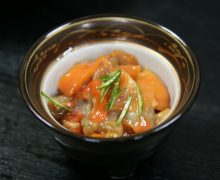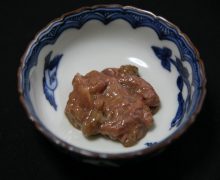Nukazuke
What is Nukazuke?
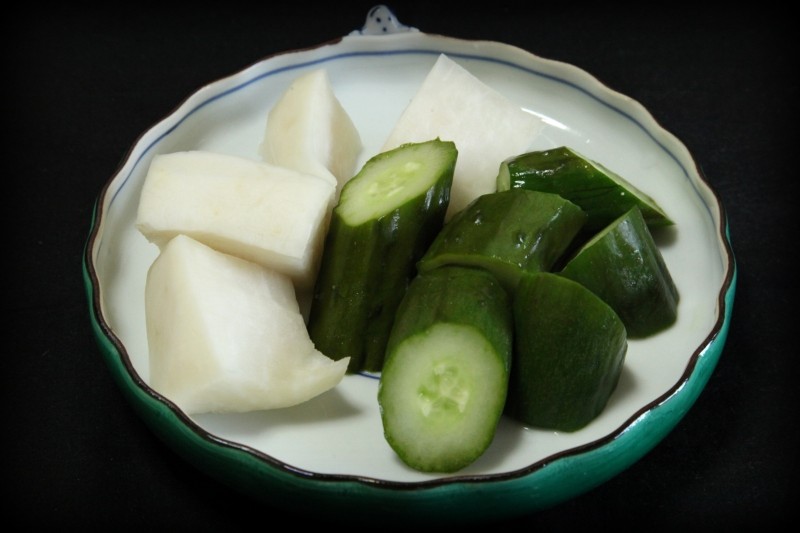
Nukazuke
Nuka-zuke (pickles in rice bran) is vegetables such as cucumbers and eggplants, or fish such as saury, mackerel, and herring, or meat, or tofu, pickled in “Nukadoko”, which is fermented rice bran with salt and other ingredients. Or the method of pickling. It is known as one of Japan’s most representative pickles, and is one of Japan’s traditional foods.
→ Nukadoko
Depending on the region or household, it is also called “nukamisozuke” or “dobozuke” or “dobo zuke”.
It is one of the traditional Japanese pickles along with “shiozuke,” “misozuke,” “kojizuke,” and “kasuzuke.” It is made at home and served as a side dish for rice and sake, and is also served at taverns, restaurants, eel shops, small restaurants, and kappo (Japanese cooking) restaurants.
It is also sold at traditional liquor stores, grocery stores, and recently at supermarkets.
Vegetables used for “nukazuke” include cucumber, gourd, eggplant, water eggplant, turnip, radish, Chinese cabbage, carrot, sun vegetables, yam, pumpkin, ginger, and myoga, as well as variations such as pickled cabbage, bamboo shoot, okra, watermelon, melon, bitter gourd, yacon, and avocado. In particular, pickled dried daikon radish is called “Takuanzuke” or “Takuan”.

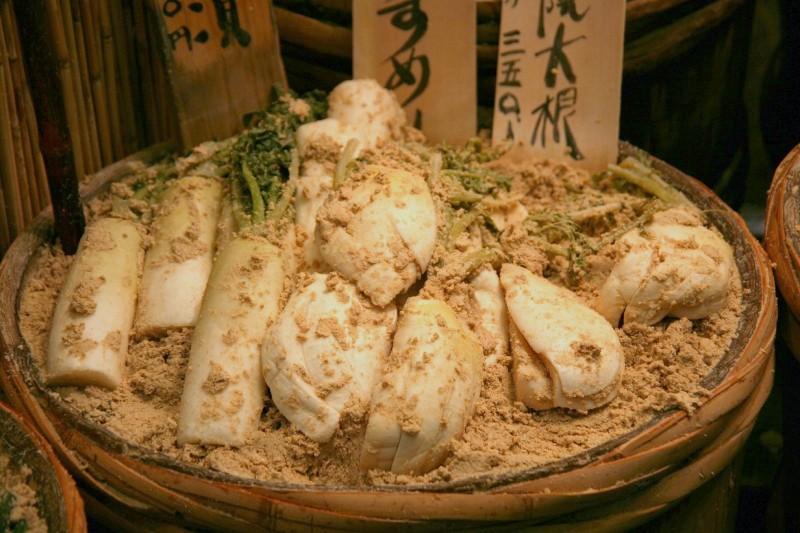

In addition, saury, sardines, mackerel, herring, hokke, and kisses are used as seafood to be pickled in Nukadoko, as well as the ovaries of pufferfish.
The names of the ingredients pickled in “Nukadoko” are called “Kyuri no nukazuke (Cucumber pickled in bran)”, “Kabu no nukazuke (Turnip pickled in bran)”, “Daikon no nukazuke (Daikon pickled in bran)”, “Sanma no nukazuke (Pacific saury pickled in bran)”, “Nishin no nukazuke (Herring pickled in bran)”,
“Iwashi no nukazuke (Sardine pickled in bran)”,
“Hokke no nukazuke (Okhotsk atka mackerel pickled in bran)”,
“Saba no nukazuke, or Heshiko (Mackerel pickled in bran)”,
“Fugu no nukazuke (Puffer fish pickled in bran)”,
“Fugu no ranso no nukazuke (Pufferfish ovaries pickled in bran)”, etc.
In addition, konjak, boiled eggs, meat, tofu, etc. are sometimes pickled in “nukadoko.
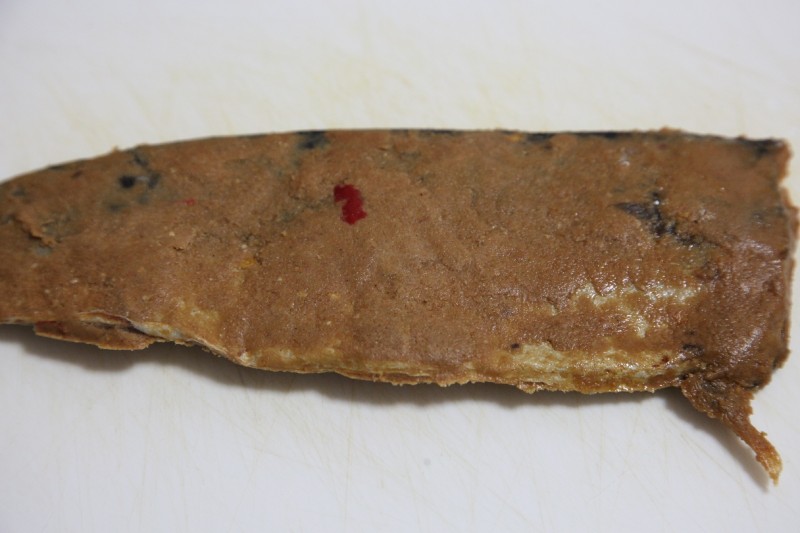
Saba no Nukazuke (Mackerel pickled in Nukadoko) or Heshiko
Depending on the time and condition of pickling, it is also called asa-zuke, ichiyazuke, furuzuke, hine-zuke, and so on.
Although there are variations in the salt content of “nukadoko” depending on what is to be pickled and how long it is to be stored afterward, most common “nukadoko” has a salt content of about 7 to 10 percent.
How to Eat Nukazuke?
Nuka-zuke is salty, so after washing and removing the bran, it is often sliced, placed on a plate, and eaten with rice or as a snack with Japanese Sake without anything on it, although some people eat it with soy sauce, ajinomoto or salt sprinkled on top.



